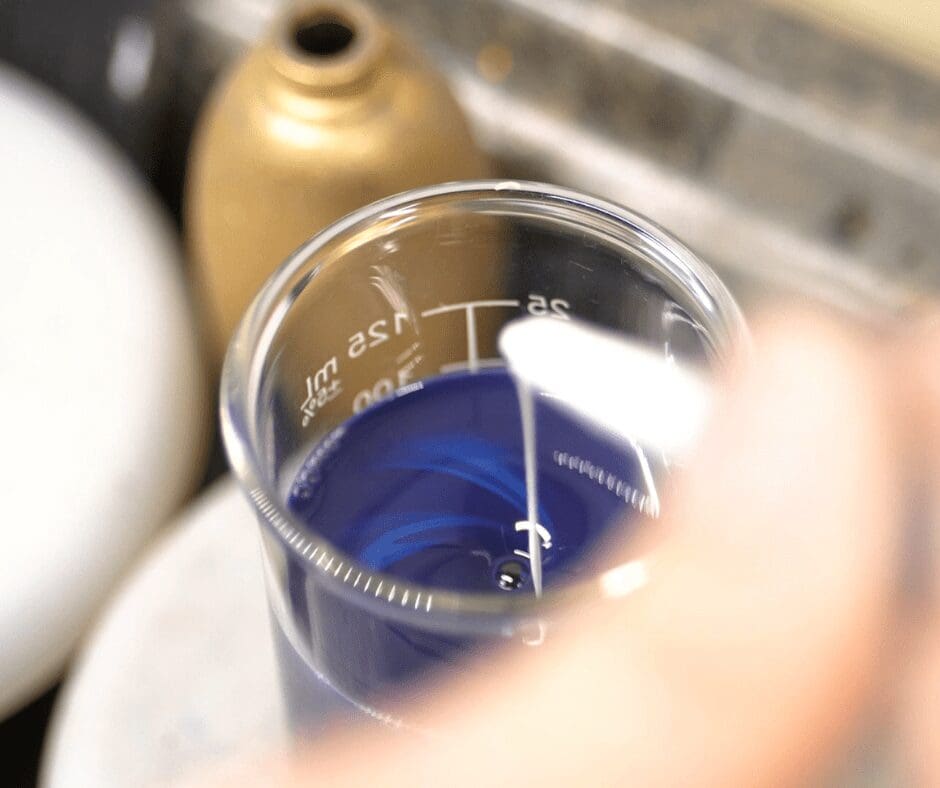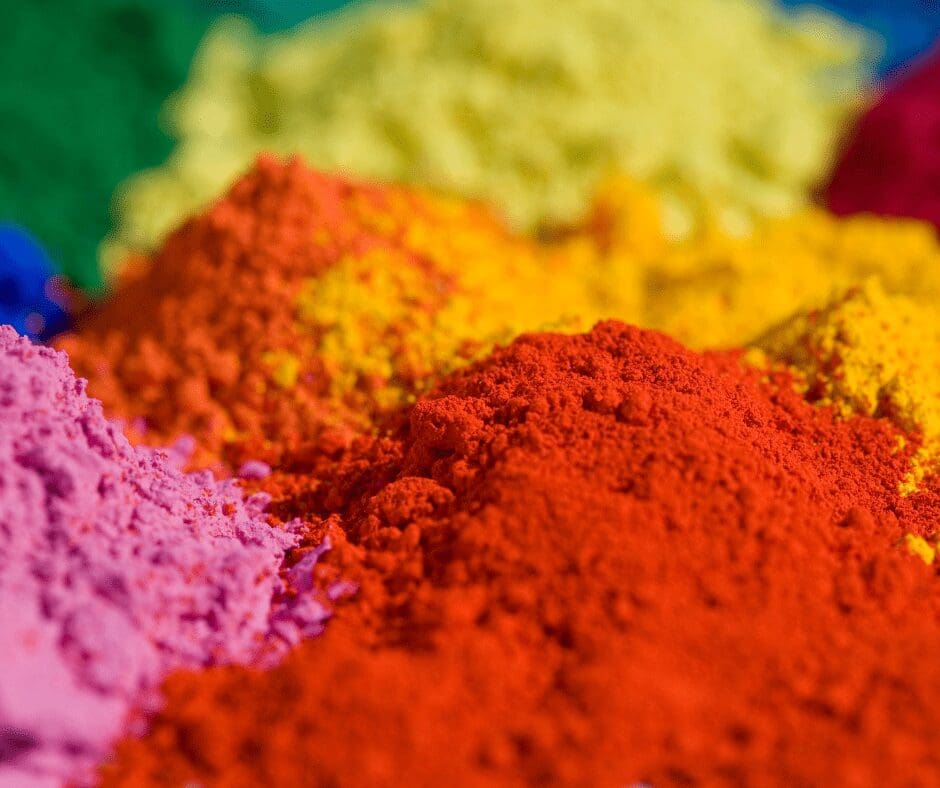
Glass decorating is a captivating art that has been practiced for centuries, adding vibrancy and personality to glass objects. The art of color mixing in glass decorating is a complex and fascinating subject, involving the interplay of pigments and opacity to create stunning visual effects. In this blog post, we will explore the science behind color mixing in glass decorating, understand the role of pigments, and appreciate the importance of opacity. If you are looking to understand color mixing, read on, and discover the secrets of this captivating art form.
Understanding Pigments
Pigments are finely ground colored particles that are used to impart color to materials like glass. They come in a wide range of hues and intensities, allowing decorators to create an array of captivating designs. When it comes to glass decorating, pigments are typically mixed with a medium, such as oil or water, to create a paint-like consistency suitable for application.
Opaque Pigments
These pigments offer full coverage and are commonly used when the decorator wants to completely block light from passing through the glass. Opaque pigments are excellent for creating vivid and bold designs, as they maintain their true color when applied to both clear and colored glass.
Transparent Pigments
Transparent pigments, on the other hand, allow light to pass through the glass. They are often used to achieve subtle color variations and overlays. When transparent pigments are layered, they create a stunning effect of depth and complexity in the design.
Opalescent Pigments
Opalescent pigments add a unique touch to glass decorating. These pigments possess a milky or opal-like appearance, diffusing light in a captivating manner. They are often used to create a shimmering and mystical quality in the artwork.

The Art of Color Mixing
A skilled glass decorator understands the principles of color mixing to achieve the desired shades and hues. The primary colors used in glass decorating are typically red, blue, and yellow, along with white and black for tinting and shading. By combining these colors in different proportions, decorators can create an endless palette to work with.
Mixing Basics
When mixing pigments, it’s essential to start with a small amount of the desired color and then gradually add other pigments. This approach allows for greater control and avoids over-saturation, which can be challenging to correct. Keep in mind that some pigments are more potent than others, and a little can go a long way.
Achieving Custom Shades
One of the advantages of understanding color mixing is the ability to create custom shades and tones. By blending multiple pigments together, decorators can achieve colors that are unique and personalized, setting their work apart from others.
Testing and Experimentation
Experimentation is a vital aspect of mastering color mixing in glass decorating. Don’t be afraid to try new combinations and techniques, as this is how you’ll discover innovative and captivating effects.
Conclusion
The art of color mixing in glass decorating is a captivating journey of creativity and expression. Understanding pigments and opacity empowers decorators to bring their visions to life and infuse glass objects with a mesmerizing array of colors. Whether you’re a hobbyist or a professional, embrace the art of color mixing and let your imagination flow freely, making your glass decorating endeavors truly remarkable.
If you’re looking to explore the mesmerizing world of glass decorating or seeking professional guidance to enhance your product, look no further than JAFE Decorating. As a leading name in the industry, JAFE Decorating offers top-quality glass decorating, including a wide selection of colors suitable for every artistic endeavor. JAFE Decorating’s team of experts is ready to assist you on your creative journey. Download our catalog or contact us to explore our range of products and services and gain valuable insights into the art of glass decorating.